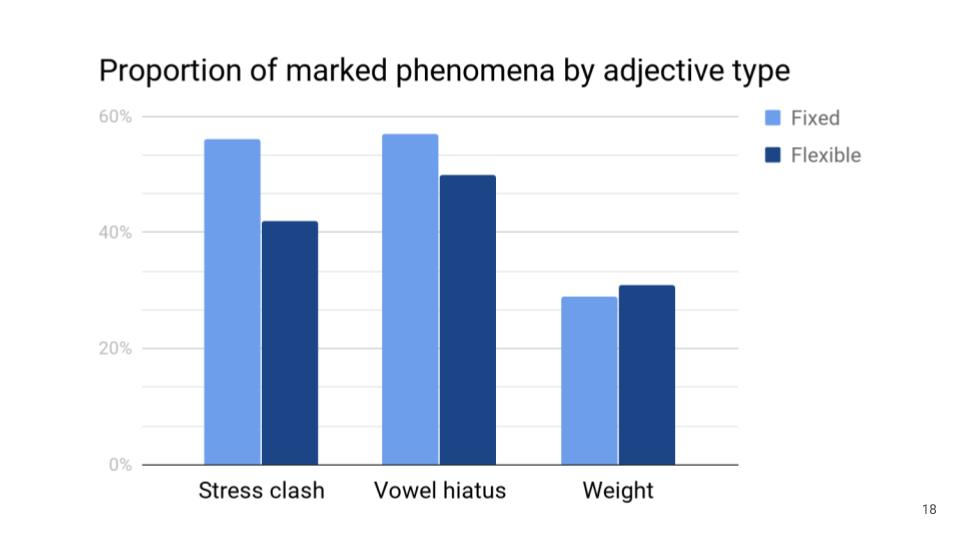News

Helena Aparicio joins Linguistics Department
The Linguistics Department welcomes Dr. Helena Aparicio to Cornell!
Dr. Aparicio uses a combination of experimental and computational methods to study how humans process and interpret language.
Her current research seeks to tease apart what aspects of linguistic meaning are grammatically encoded vs. pragmatically derived during linguistic interactions.
In preparation for Dr. Aparicio's January 2021 move to Ithaca, the Department is renovating a Morrill Hall space for her office and her new eye-tracking laboratory. Her new facility will be next to the Computational Linguistics Lab, and just down the hall from the Phonetics Laboratory.
17th October 2020
Cornell Phonetics Lab Website Launch
The website you are viewing is brand new! We are still in the process of migrating and updating content.
16th October 2020
Katherine Blake presents paper at the American Association for Machine Translation (AMTA)
Katherine Blake presented a paper titled "Shareable TTS Components" at the American Association for Machine Translation (AMTA) MT Summit XVIII, held virtually October 6-9, 2020.
Katherine co-authored the paper with Al Sagheer, Z., Iglehart, V., LaRocca, S., Morgan, J., Murray, J.
8th October 2020

Katherine Blake presents paper at the AMP 2020 conference
Katherine Blake presented a paper titled: "Phonological markedness effects on noun-adjective word order in Italian" at the 2020 Annual Meeting on Phonology (AMP) 2020, a zoom conference organized the the Linguistics Department of the University of California, Santa Cruz, held September 12-20, 2020.
Paper Abstract:
In Italian, word order within a {noun, adjective} pair is often flexible. While the default order is postnominal, for many adjectives, prenominal word order is also available. For example, the pair piccola citta` ∼ citta piccola ` ‘small city’ can occur either order, without a change in meaning.
This work presents a corpus study that aims to determine if this syntactic variation is phonologically conditioned, in other words, whether there’s evidence that speakers exploit flexible word order to avoid phonologically-phenomena. Results indicate that flexible word order is used to avoid stress clash, but not hiatus or light-final constituents.
20th September 2020
